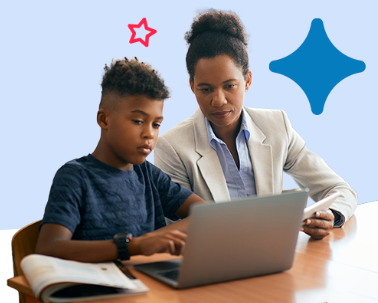Creating quality content for online learning platforms is both an art and a strategy.
Whether you’re an educator, trainer, or course designer, developing engaging and educational material that serves learners effectively is key.
As more people turn to virtual classrooms, the demand for structured, easy-to-understand content continues to rise.
If you’re wondering how to create meaningful learning content that aligns with educational standards and user experience best practices, here’s a clear guide to help you get started.
Understand Your Audience
Before designing any learning material, it’s crucial to identify who your audience is. Are they middle school students, working professionals, or adult learners looking for career changes? Knowing your audience allows you to tailor tone, pace, examples, and delivery methods that match their learning style and needs. For example, high school learners may benefit from interactive visuals, while professionals may prefer case studies and real-world applications.
Set Clear Learning Goals
Well-defined objectives guide the structure of your content. Think about what you want your learners to achieve by the end of a lesson or course. Goals like “Understand basic HTML structure” or “Apply principles of marketing strategy” help you stay focused and make your content purposeful. These goals should align with measurable outcomes, so learners—and platform administrators—can track progress effectively.
Break Down Information into Modules
Long lectures or text-heavy content can overwhelm learners. Organize your material into digestible modules or lessons. Each module should cover one concept at a time, reinforced with summaries, visual aids, or brief quizzes. This modular approach keeps learners engaged and allows them to absorb material at their own pace.
Use Engaging Media
Today’s online learners benefit from variety in content delivery. Use multimedia tools such as instructional videos, infographics, slideshows, animations, and audio recordings to diversify your materials. For visual learners, diagrams and charts help clarify concepts. For auditory learners, recorded explanations and guided walkthroughs can make complex ideas easier to grasp.
Prioritize Accessibility
Make sure your content is inclusive. Use clear fonts, sufficient color contrast, subtitles for videos, and screen-reader friendly layouts. Accessibility isn’t just about compliance—it shows respect for all learners and increases your content’s reach. Consider language simplicity as well, especially if your learners come from diverse backgrounds.
Keep Language Friendly and Professional
Balance educational value with a conversational tone. Avoid jargon unless it’s part of the lesson, and explain complex terms with relatable examples. Speak directly to the learner using “you” to build connection and trust. Professional, yet approachable language makes your course feel more like a guided experience than a textbook.
Incorporate Interactive Elements
To boost retention, invite learners to participate actively. Include quizzes, polls, drag-and-drop exercises, simulations, and short writing prompts. These elements transform passive learning into an immersive experience. Feedback mechanisms, such as instant quiz results or peer discussion boards, also enhance engagement.
Maintain Content Accuracy and Freshness
Facts and examples should be up-to-date and aligned with current industry practices or academic standards. Outdated content can confuse learners and reduce trust in your platform. Set a schedule to review and update your courses periodically.
Respect Platform Guidelines and Policies
Each online learning platform may have its own content policies. Ensure your materials follow community guidelines, especially concerning sensitive topics. Avoid content that could be interpreted as offering financial or medical advice unless properly accredited. Use neutral and educational language to maintain compliance and user trust.
Collect Feedback and Improve
Once your content is live, gather learner feedback through surveys, ratings, or comments. Use this information to refine future content. Effective learning content is never static—it grows and adapts with learner needs and educational trends.
Creating educational material for online platforms is a rewarding way to contribute to lifelong learning. By focusing on clarity, engagement, structure, and inclusivity, you can develop content that supports learners while aligning with platform expectations and industry best practices.






